Dental Checkups
Paying Attention with Bad Breath Issues

Also known as halitosis in its medical term, bad breath is a condition that’s pretty common for everybody. This is a natural case though, especially if it’s caused by simple circumstances such as eating odorous foods or skipping important meals. However, this simple indication should not be neglected, particularly if having a bad breath seems to be recurrent already.
Common Causes of Bad Breath
There are two factors that trigger bad breath to occur in your mouth. These are external and internal factors. External reasons involve the type of food you eat such as spicy or odorous in nature. People who smoke and consume alcoholic drinks get higher chances of acquiring bad breath, especially if doing such vices became their everyday habit.
Internal factor happens in the vicinity of your tongue. The tongue is a ground for millions of bacteria. Numerous odour-causing bacteria produce a compound called volatile sulphur compound (VSC), which eventually leads to, of course, bad breath. The two major VSC’s that activates halitosis are known to be methyl mercaptan and hydrogen sulphide. Most of these bacteria reside at the back portion of the tongue.
How Communication With Your Dentist Affects Oral Health
 In taking proper care of your teeth, gums, and mouth, regularly seeing your dentist is just as important as brushing twice and flossing every day. That is why dental care experts continue to stress that you should visit the dentist frequently, every six months to be specific.
In taking proper care of your teeth, gums, and mouth, regularly seeing your dentist is just as important as brushing twice and flossing every day. That is why dental care experts continue to stress that you should visit the dentist frequently, every six months to be specific.
However, there can be certain aspects that prevent you from getting the most out of your dental visits. One of these issues involve the effectiveness of communication between you and your dentist.
A team of researchers from the University of Florida found out that ineffective communication can still lead to poor dental and oral health despite visiting the dental clinic regularly.
Better Communication Is Needed To Uphold Oral Health
According to the findings of the study, the difference between the expertise of dentists and the limited knowledge of patients can create a communication barrier that keeps you from forming a great and effective dentist-patient relationship with your dental care partners.
Sugar Intake Should Be Reduced To Prevent Tooth Decay
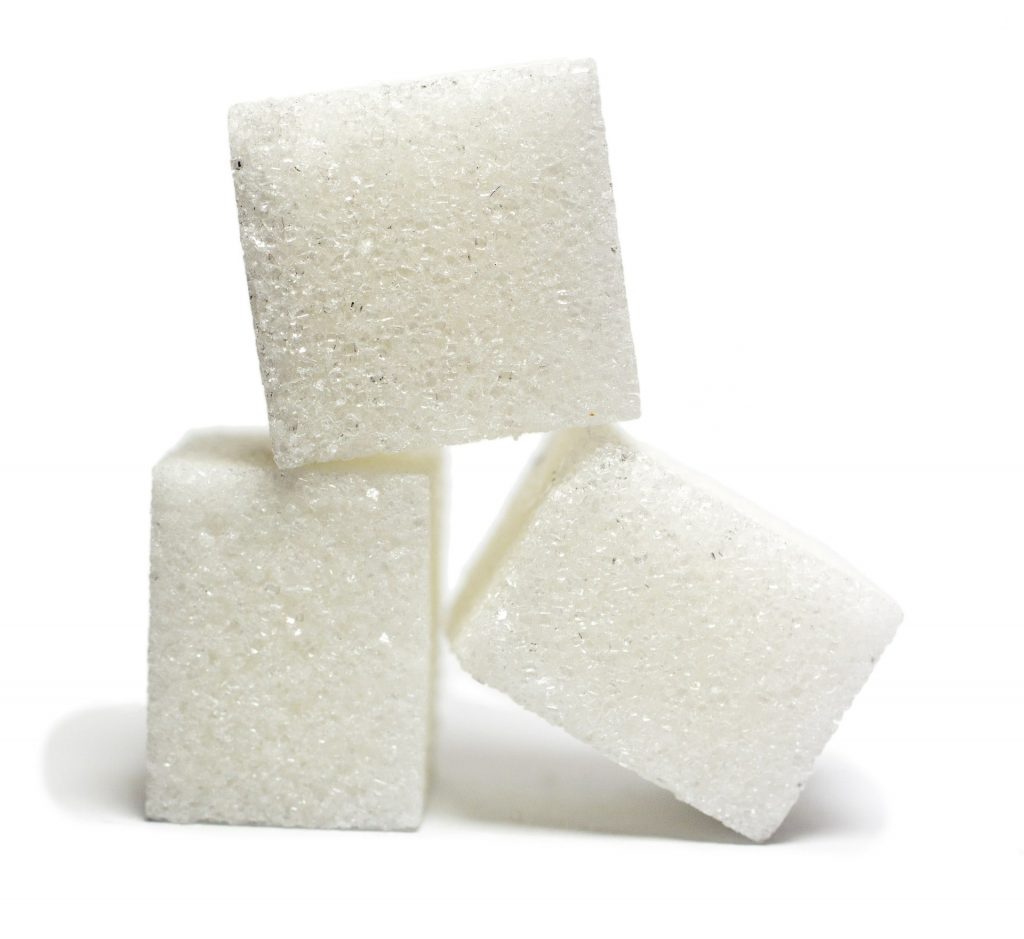 In spite of the significant effort put in upholding utmost dental and oral health, tooth decay is still one of the most prevalent chronic diseases in the world. In a global research on chronic illnesses, it has been found that tooth decay is the most common oral health problem, with a high global prevalence of 35 per cent. Here in Australia, out of 10 adults, 3 of which have untreated tooth decay.
In spite of the significant effort put in upholding utmost dental and oral health, tooth decay is still one of the most prevalent chronic diseases in the world. In a global research on chronic illnesses, it has been found that tooth decay is the most common oral health problem, with a high global prevalence of 35 per cent. Here in Australia, out of 10 adults, 3 of which have untreated tooth decay.
To address this concern, it is important to note that main factors that lead to its onset. One of the major causes of tooth decay would be sugar intake. There is an undeniable link between the two.
As you munch on those sweets, oral bacteria feed on the sugars to form plaque which constantly produces acids that damage your teeth. For this reason, it is crucial to keep a close watch of your sugar consumption.
The Reminder On Sugar Intake From WHO
Wary of the consequences brought about by sugar intake, the World Health Organisation released a set of guidelines in 2002. According to this, sugars should be limited to only 10 per cent of the total energy intake. This only sums up to 50 grams per day. In addition, it was also noted that the target should be only 5 per cent or just 25 grams a day.
Periodontal Consequences of Vitamin C Insufficiency
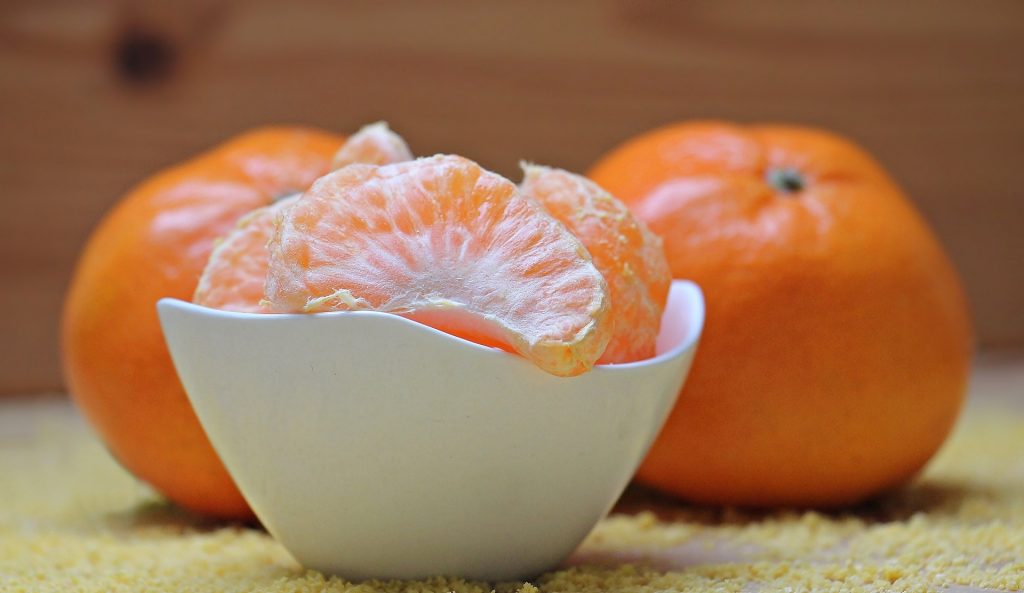 Between poor dental hygiene to a genetic predisposition to periodontal anomalies, chronic gum tissue problems can result from a number of things of things.
Between poor dental hygiene to a genetic predisposition to periodontal anomalies, chronic gum tissue problems can result from a number of things of things.
Among the most significant yet underrated of these known factors is poor nutrition, specifically inadequate vitamin C levels in the body.
It has long been proven that insufficient levels of vitamin C in the body make for gums that bleed rather easily. As such, it is not exactly news that a prominent lack of vitamin C makes periodontal tissues more vulnerable to gingivitis, which if left untreated easily progresses to periodontitis.
Types Of Toothbrushes
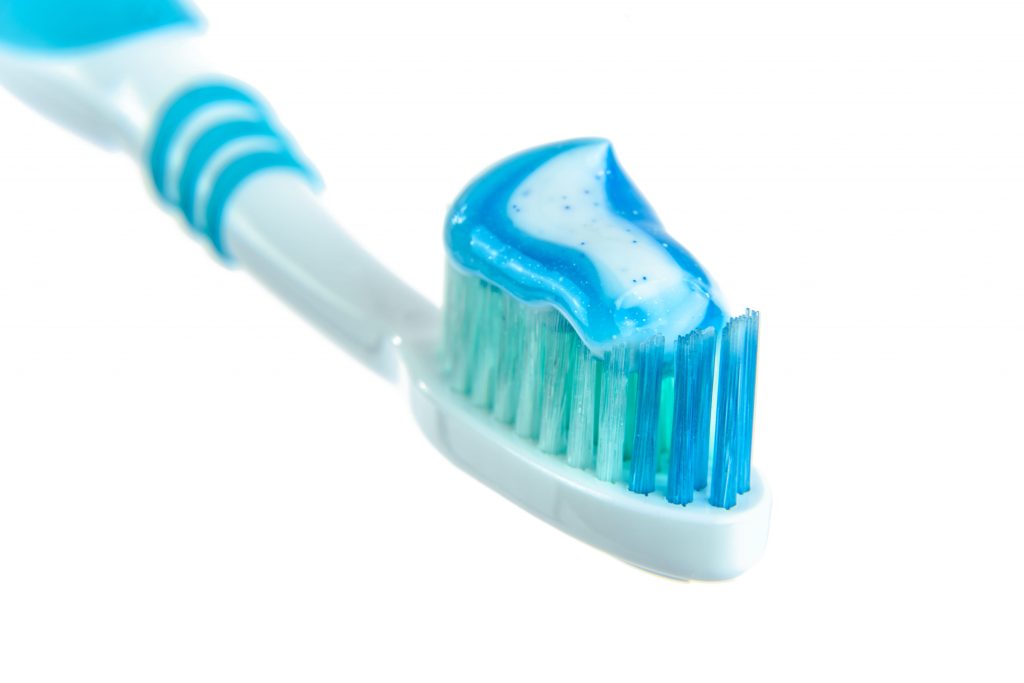
Ever wonder whether or not the high-tech looking toothbrush that is on display on your dentist office is decisively more effective in cleaning your mouth than the one you have at home. What about that toothbrush that uses AA batteries? And the toothbrush that you plug into the wall?
Apart from practicing the proper fundamentals of brushing your teeth, which include brushing technique, frequency, and the amount of time you spend brushing, the type of toothbrush you use largely impacts the efficiency at which you preserve and improve the overall status of your oral health.
There are essentially three different types of toothbrushes. These being the rechargeable electric toothbrush (typically refereed to as sonic toothbrush), the battery operated toothbrush, and the regular manual toothbrush.
Correct Flossing Techniques
 There aren’t many things that are better than flossing when it comes cleaning the hard-to-reach corners of your teeth. That is except for flossing with proper techniques. Proper flossing techniques allow you to more effectively remove bacteria and plaque buildup.
There aren’t many things that are better than flossing when it comes cleaning the hard-to-reach corners of your teeth. That is except for flossing with proper techniques. Proper flossing techniques allow you to more effectively remove bacteria and plaque buildup.
Before flossing your teeth, always keep in mind to thoroughly wash your hands first, as your fingers and mouth will come into close proximity with each other.
What Makes For Proper Flossing
Always make sure that you use enough floss. Ideally, you want to break off an 18-inch long dental floss. This length allows you a clean segment of dental floss as you clean between interdental spaces. Wrap both ends of the dental floss on either the index or middle finger of either hands.
Use a gentle sliding motion when cleaning interdental spaces. It also helps when you make it a point to use a zigzag motion when flossing. Be very careful not to let the floss snap when cleaning between the teeth.
Remember that the letter “C” makes for the perfect flossing shape. As such form a C-shape with your floss as you keep it wrapped around your teeth. When flossing, always floss following an upward motion, starting on the gum line.
Roll your floss. Using your thumb as guide, unroll a fresh section of dental floss from your fingers as you move from one interdental gap to another. Also, always make it a point to floss the back of your teeth.
Dental Strength Training
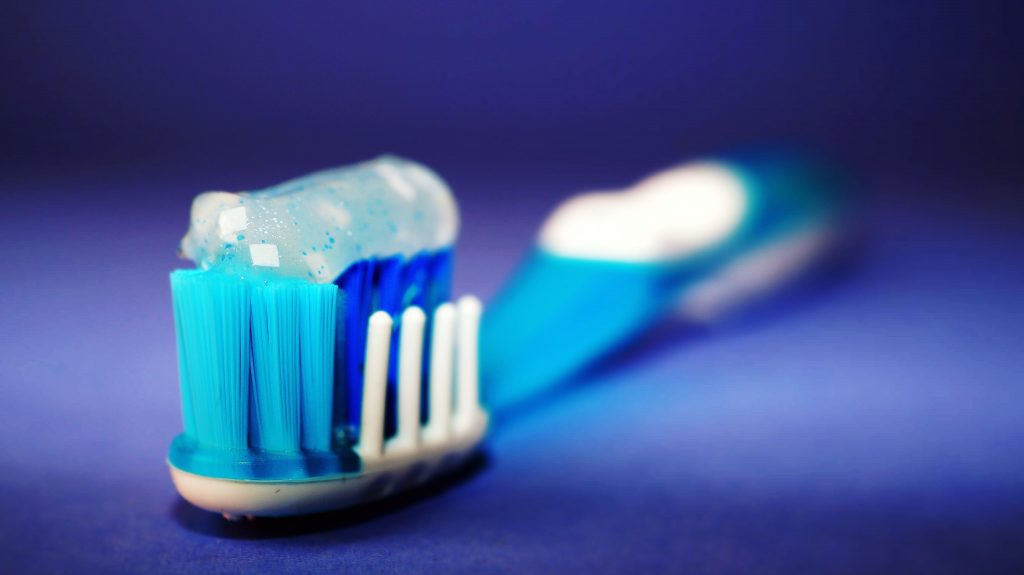 Generally, people who are over 6 years old are encouraged to use fluoride toothpaste when brushing their teeth. It is also a good idea for children younger than 6 years old to use fluoride toothpaste especially if they are at a particularly high risk of developing dental carries and other unwanted dental anomalies.
Generally, people who are over 6 years old are encouraged to use fluoride toothpaste when brushing their teeth. It is also a good idea for children younger than 6 years old to use fluoride toothpaste especially if they are at a particularly high risk of developing dental carries and other unwanted dental anomalies.
Toothpaste and other products prepared with fluoride are known reinforce dental strength by actively preventing dental decay. Moreover, fluoride helps repair dental surfaces that suffers from a minor case of decalcification, which is typically the first stage of dental decay.
Warning
While fluoride is readily available in most public water supply, constantly growing bodies of related research suggests that it is fluoridated toothpaste that best protects your teeth against dental carries. It is, however, important to remember to always spit out fluoride toothpaste, no matter good the flavor maybe. No toothpaste, to date, has ever been formulated to be swallowed, purposely and in frequent regularity.
What Causes Dry Mouth
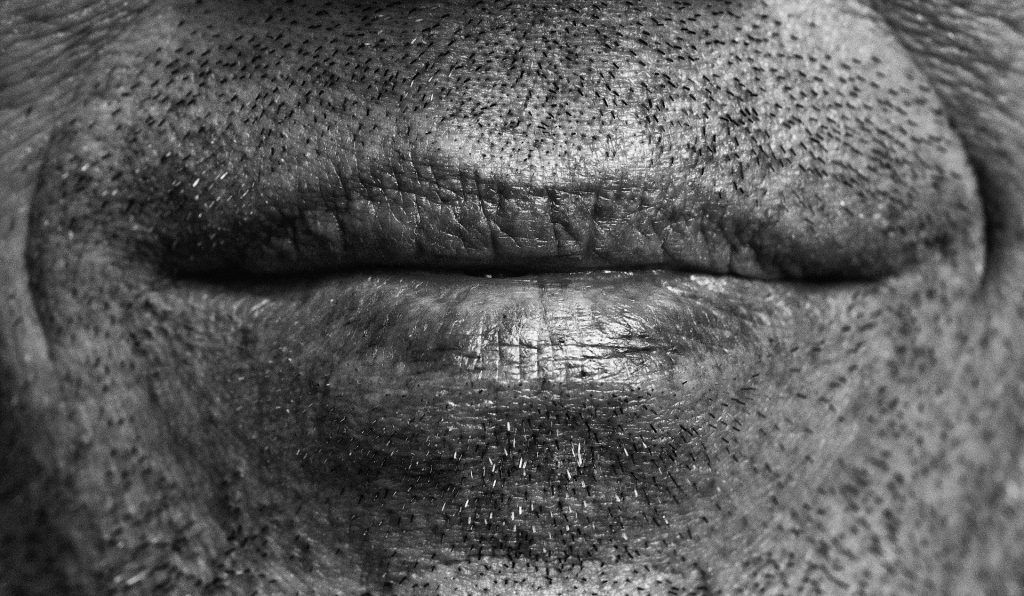 Essentially, dry mouth stems from a prominent lack of saliva production. Saliva is important as it keeps both dental and periodontal surfaces moist enough, thereby neutralizing potential bacteria damage and creating a healthy oral environment.
Essentially, dry mouth stems from a prominent lack of saliva production. Saliva is important as it keeps both dental and periodontal surfaces moist enough, thereby neutralizing potential bacteria damage and creating a healthy oral environment.
While dry mouth isn’t ideal, everyone experiences episodes of dry mouth every now and then. It is in this case that dry mouth is pretty much normal. Persistent and recurring episodes of dry mouth, however, are another thing. Medically referred to xerostomia, frequent episodes of dry mouth maybe symptomatic of improperly working salivary glands.
- Xerostomia. or chronic dry mouth, can result from a number of possible causes. Among the most common of which include:
- Disease. There is a wide of range of unwanted medical anomalies that could easily ruin the salivary glands, and therefore cause dry mouth. These include diabetes, Parkinson’s disease, HIV/AIDS, and Sjogren’s., among many others.
- Medication. At present, 400 different types of medicine are documented to cause persistent dry mouth. Among the most common of which include antihistamines, decongestants, painkillers, diuretics, and anti-depression medication.
3 Types Of Dental Discoloration
 Your teeth can become discolored overtime both by stains on the outer dental surfaces of your teeth, or by the internal changes in the dental material. Essentially, there are three types of dental discoloration. These being extrinsic discoloration, intrinsic discoloration, and age-related discoloration.
Your teeth can become discolored overtime both by stains on the outer dental surfaces of your teeth, or by the internal changes in the dental material. Essentially, there are three types of dental discoloration. These being extrinsic discoloration, intrinsic discoloration, and age-related discoloration.
Extrinsic Discoloration
Extrinsic discoloration usually results from food, beverage, and cigarette staining on the outer layer of teeth. Dark colored beverages such as coffee, wine, cola, and even tea are among most common food items that stain the teeth.
Intrinsic Discoloration
Usually characterized of by dark yellow staining, intrinsic dental discoloration happens when the inner structures of the teeth are compromised. Among the most common factors that typically result to intrinsic discoloration include:
The Inner Structures Of The Mouth
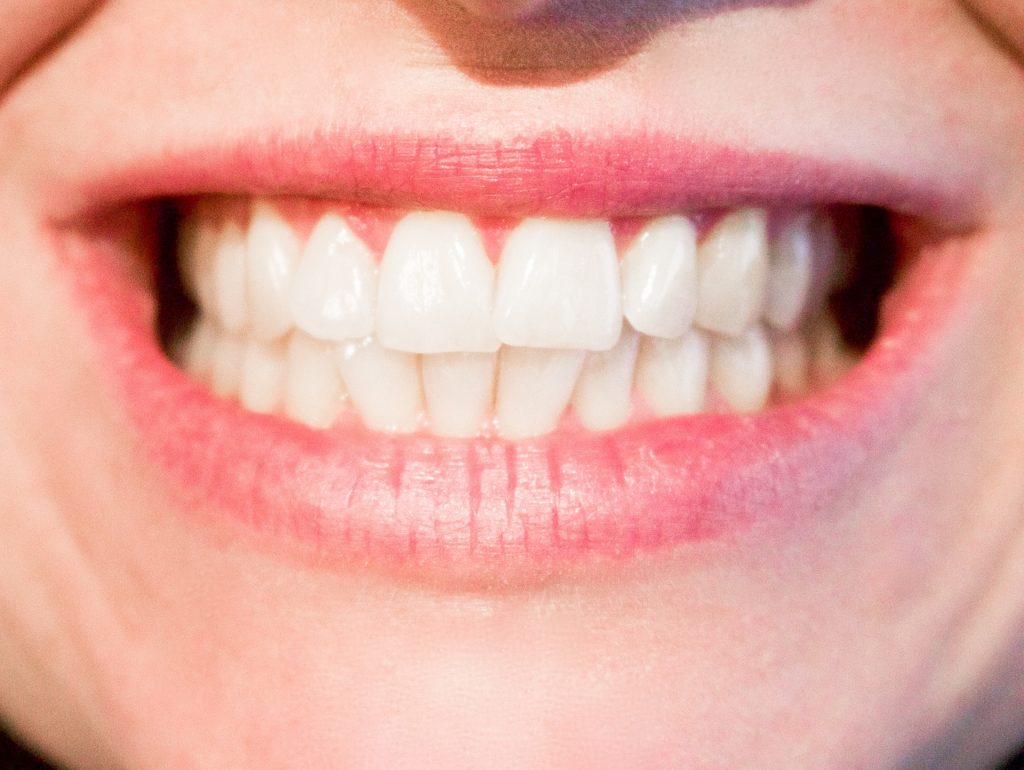 While so much attention is given to your teeth, your mouth consists of so much more these dentals surface. Apart form your pearly whites, your mouth consist of other structures such as the soft tissues of the gums, the oral mucosa, the upper and the lower jaw, the tongue, salivary glands, the uvula, and the frenulum linguae.
While so much attention is given to your teeth, your mouth consists of so much more these dentals surface. Apart form your pearly whites, your mouth consist of other structures such as the soft tissues of the gums, the oral mucosa, the upper and the lower jaw, the tongue, salivary glands, the uvula, and the frenulum linguae.
The Gums
The gums consist of pink periodontal tissues that support your teeth. Much like your teeth, gums play an important role to your overall oral health. Healthy gums are characterized by firm periodontal tissues that cover entire root of your tooth.










